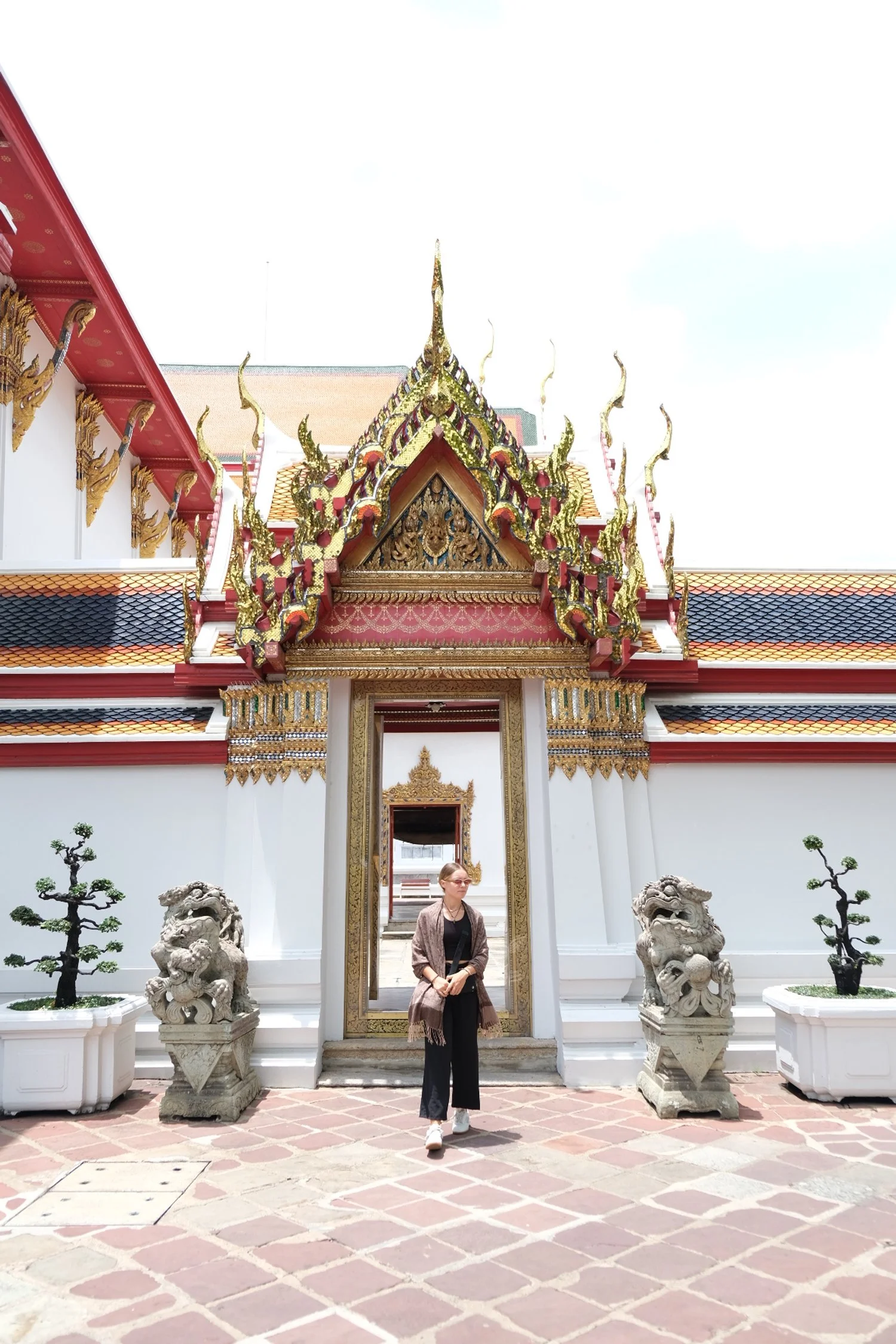Lessons on nutrition whilst travelling abroad: Southeast Asia.
Whether it's walking through the lantern-lit streets of Japan, being overwhelmed by an array of smells stimulating your senses in Thailand, or being welcomed into a hidden restaurant where food is consumed in a squat position in Vietnam, a new food experience is there to be had.
Whilst on our travels across Southeast Asia, my perspective on the simplicity of the daily ritual of food consumption has been given a new light. As a vegetarian (who now consumes seafood, thanks to Japan), traveling has had its moments of challenge. Across most Asian countries, meat is a staple of many traditional dishes, as well as a complement to most meals.
Note: It is evident that Western culture has made it more accessible for vegetarians/vegans to eat out due to the trend of such dietary lifestyles.
So far on our travels, we have ventured through Japan, Vietnam, Thailand, and Indonesia (with a stopover in Manila, Philippines), each of which has offered a new perspective on dietary choices and opened my eyes to how we consume food.
So what are a couple of things I have learned, or perhaps been reminded of, as a nutritionist whilst travelling in Southeast Asia?
Embrace local produce and cuisine where you can.
While in Chiang Mai, a town in Northern Thailand known for its many temples and elephant sanctuaries, we went and visited a few local produce markets, which provided an insight into the array of ingredients used in Asian cooking.
I have always been a lover of Thai food, so I was very excited to try a few street food eateries, and seeing the produce for these dishes all in one place was a nutritionist's paradise. With a warm climate, tropical fruits such as mangoes, bananas, and dragon fruit were in abundance, as well as herbs, spices, and green leafy vegetables.
As a part of many Thai cooking classes, the locals will take tourists to the markets to help them source the produce for the day's cook-up.
Within these markets, there are also eateries where you can order meals, and they will cook dishes up for you or have them sitting ready for locals.
Note: I will say sanitary practices of meat in particular are not the best, with meats sitting out for many hours of the day in humid climates. It seems to be ok for locals but may cause distress for tourists, so we ate largely vegetarian at these places.
Purchasing local produce (or simply eating the local cuisine) is an ideal way to consume food while traveling. This is not only to support local growers and small businesses, but also because “western foods” such as steakhouses, burger bars, and fast food chains are often marked up and can cost more than what you would find at home. So yes, pad thai and stir-fry are the way to go.
2. Take your time, focus, and enjoy.
I don’t know about you, but I now love using chopsticks. Japan was our first stop on our trip, and using them to eat with was a game changer in terms of the pace at which I ate my meal. Yes, I wasn’t very good to begin with, so that definitely slowed me down, but unlike a fork or spoon, there is only so much food you can hold at once. After a few months of practice, my chopstick use has improved but has still got me embracing my meal that little bit more.
Why is eating slower and chewing your food so important? The best way I have ever had this explained to me was to picture a large carrot and chop it into a few pieces. Then get another carrot and grate the carrot until you are left with a small pile of thin carrot pieces. Looking at the two piles of carrots, which one do you think would be easier to digest? If you said the grated carrot, you’d be correct. Why? because the smaller the pieces of carrot, the easier it will be to pass through the digestive tract (and decreasing any chance of digestive discomfort).
Like many, I love my food, and eating slower and more mindfully is always something I return to as a focus point whenever I want to better my digestion. So when we had to start eating with chopsticks, this was forced into practice.
3. Step out of your comfort zone and try something new.
It can be daunting going traveling when you have a ”routine” around what you eat or a certain dietary plan you are trying to maintain. The one thing I will say is remain open to the opportunity to try something new. This is something I had to tell myself multiple times whilst out and about reading off different menus (and typing into Google Translate, “Do you have vegetarian food?”).
Whilst in Vietnam, I was lucky enough that “chay” food, meaning vegetarian, was in abundance and that I got the opportunity to try many traditional dishes such as pho and banh mi, as vegetarian variations were easily accessible. After getting turned away at multiple restaurants (and making the decision to have some seafood every now and again) while in Japan, this was a wonderful surprise.
I understand that for some people, allergies and intolerances are something to be mindful of, and in this scenario I would say, do your research before going out to eat or contact the place in advance to ask if they can cater to you.
One of my favorite parts of traveling is seeing and embracing how life is lived differently, including how food is consumed and embraced. Traveling is a privilege and doesn’t happen every day, so being open to trying something different is a part of the experience.




